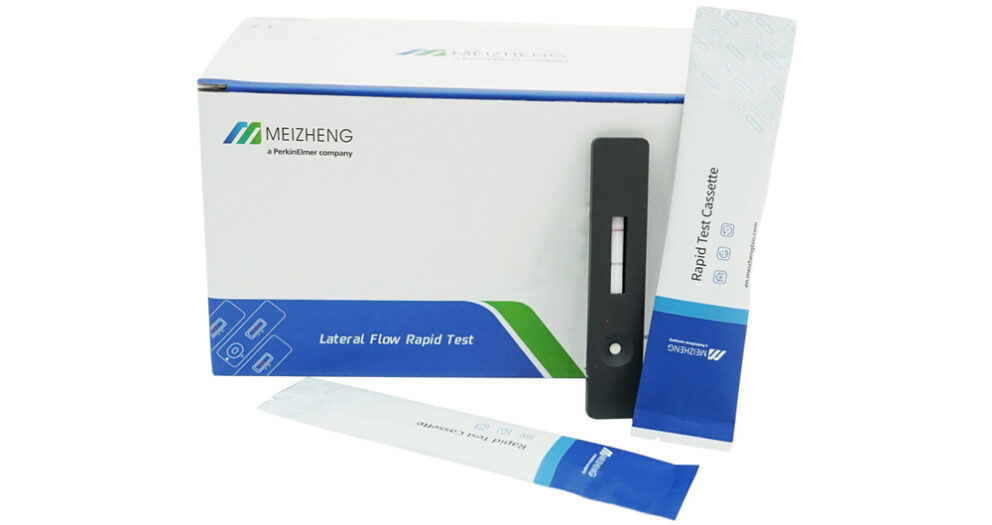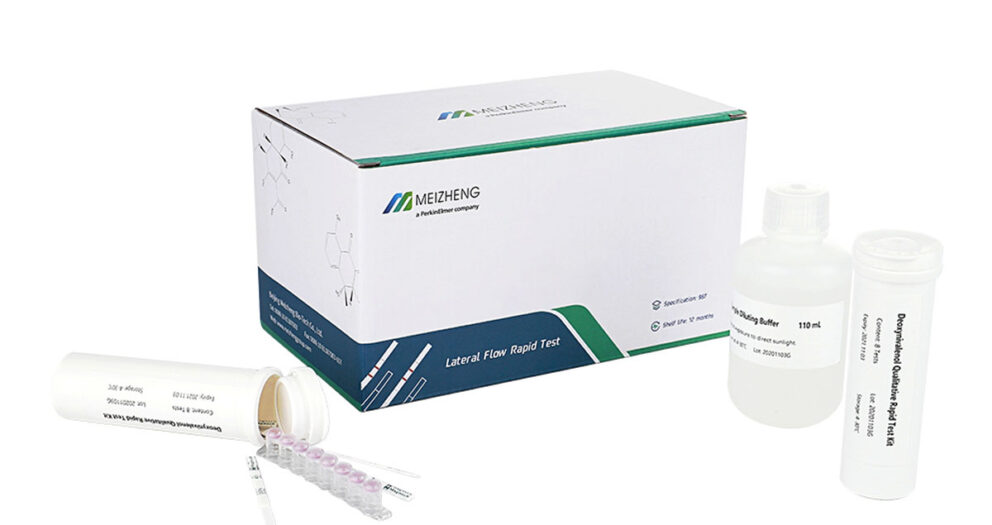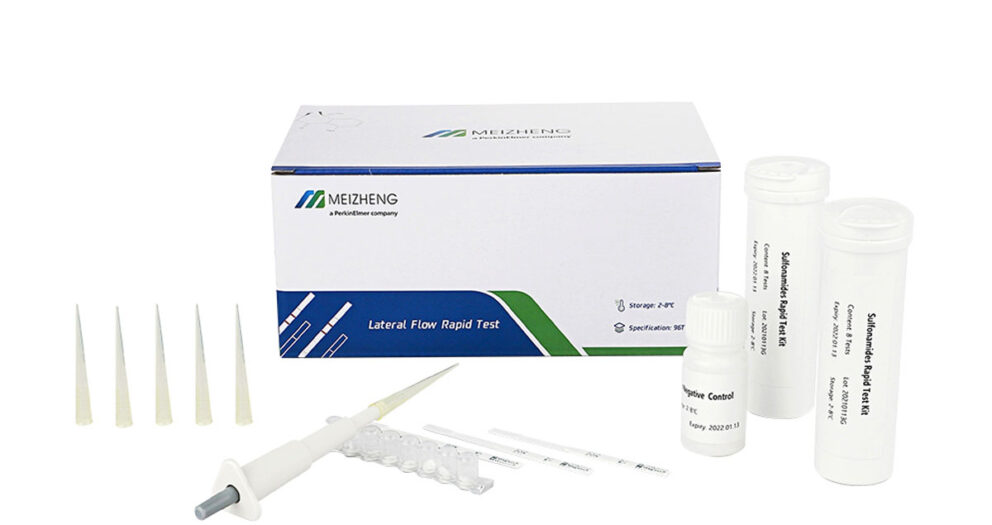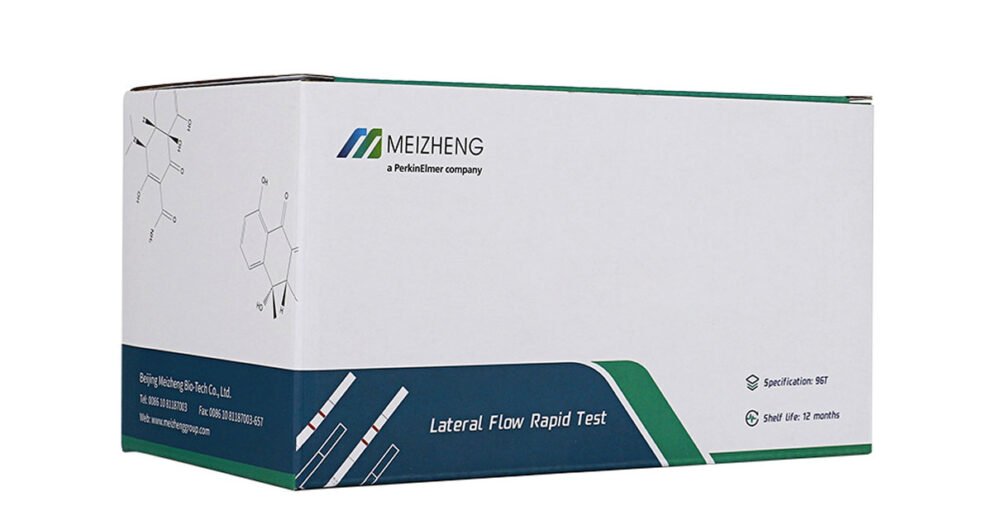1. Disinfection of worker hygiene
(1) The shoes worn by workers in the workshop must be special, and the shoes must be changed when entering and leaving the workshop. It is not recommended to set the foot wash basin in the last part before entering the inner bag, but it can be designed in the front section of the secondary dressing room to avoid the breeding of microorganisms in a high humidity environment.
(2) The nails of workshop workers must be cut short and not long, because there are many bacteria in human nails.
(3) Workers’ overalls, sleeves, and aprons must be changed and washed every day, soaked in washing powder, cleaned, and completely dried before use.
(4) Once workers enter the workshop, they should not go in and out frequently, and do not go to work (especially in the raw and cooked areas) to reduce the introduction of microorganisms from the outside.
(5) Before entering the workshop (especially the cooling and packaging room), workers wash their hands with hand sanitizer first, then change their overalls, wear sleeves, aprons, hats, masks, and then soak their hands in disinfectant (chlorine dioxide solution). 5 seconds, then spin dry directly or dry with a hand dryer. (Note: Do not dry it with a cloth after soaking in the disinfectant)
(6) If workers touch other parts with their hands (such as hair, face, work clothes, floors, product residues and other parts outside the product) during operation, they must wash their hands and disinfect them again before they can touch the product. It is best to place 75% of the hand next to the packaging machine Alcohol watering can, easy to use for hand disinfection.
(7) Workers can also wear disposable gloves after washing their hands and disinfecting them, but the gloves must be changed every 4 hours. (Note: Gloves can only isolate the hands from direct contact with the product, and they have no sterilization effect, so gloves are recommended to be sprayed with 75% alcohol)
2. Disinfection of machinery and equipment, tools, countertops, etc.
(1) Disinfection of machinery and equipment: Use detergent to clean off the dead ends of the equipment and the grease on the pipes, especially the places that directly contact the product (such as the cooling conveyor belt, the surface of the packaging machine chain and its gaps, the slicing knife edge, the stuffing machine, Coating machine, coating machine, etc.), clean up the residue every day, clean it with a brush and detergent, then clean it with water, wipe it with 75% and disinfect it before use.
(2) Disinfection of tools and utensils: Clean the small tools used in production (including shovels, buckets, measuring cups, spoons, basins, trays, etc.) ) for 2 hours, let it dry before use, otherwise the high humidity environment will easily cause the product to fall into trouble.
(3) Disinfection of air conditioners, hand dryers, dehumidifiers, air showers, and ozone generators: Remove the filter regularly, rinse the dust on the back of the filter with clean water, and then dry and spray 75% alcohol; Mildew spots and dirt need to be cleaned with a rag; the condenser inside the machine is sprayed with a special cleaning agent for cleaning.
(4) Disinfection of towels, rags, brooms, and mops: Dirty towels and rags should be placed in the designated buckets, cleaned out of the workshop every day, soaked in washing powder, washed, and dried for later use. Brooms, mops, trash cans and other cleaning tools are first rinsed with clean water, then soaked in chlorine dioxide for disinfection, completely dried and then taken into the washroom for use. Note: Do not dry in the inner package. After the chlorine dioxide volatilizes, the water cannot be completely dried, which is very easy to breed microorganisms.
(5) Disinfection of packaging: The packaging bags used for packaging are irradiated with special ultraviolet lamps every day, and it is best to design a place for packaging materials (with ultraviolet lamps inside).
(6) Disinfection of operating surfaces, chairs, doors, door frames, trolleys, etc.: Clean the surface and bottom with detergent, rinse with clean water, and spray with disinfectant. Special attention needs to be paid to the cleaning of the bottom of the table, the bottom of the table and chairs, the doorknob, etc. to avoid mold or dirt accumulation.
3. Disinfection of floors, walls, disinfection pools, sinks, etc.
(1) Disinfection of the floor: Use washing powder to wash the oily stains (especially the corners, the vicinity of the drain and the bottom of the machinery and equipment), then wash with clean water, and use cresol soap (can be bought in general chemical stores) to make 1: 50% water solution or disinfectant such as bleach to mop the floor.
(2) Wall cleaning: wash the oily stains with washing powder, and then wash with clean water; if the walls are moldy, they can be repainted with lime water, and it is best to decorate them with washable tiles and keep them dry; the ceiling is guaranteed to be free of foreign objects such as spider webs .
(3) Disinfection of faucets, disinfection pools, and sinks: rinse with clean water, brush with detergent, and then rinse with clean water.
4. Disinfection in cooling packaging room
(1) Install air conditioners and dehumidifiers in the packaging room. The dehumidifiers are kept running every day in wet weather, and the relative humidity should be controlled below 50% as much as possible to ensure that the workshop is dry and reduce the growth of microorganisms.
(2) The packaging room can be equipped with ozone sterilizer, ultraviolet lamp (installed above the packaging machine), etc. The daily air sterilization in the workshop can be carried out simultaneously with ozone sterilizers and ultraviolet rays. Open after work, close before get off work the next day, and personnel must be evacuated during disinfection.
(3) In humid and high temperature weather, it is recommended to thoroughly fumigate the workshop with a chlorine dioxide generator (naturally) every 1 week in the packaging room.
5. Eliminate the source of pollution in the workshop
(1) All the utensils in the workshop, including the materials used for decoration, try to use plastic, stainless steel and other easy-to-clean materials, and try to avoid the use of wood, iron and other materials, because the wood is prone to mildew when wet with water, and the iron material is easy to rust and fall off. product quality.
- Paper, wood, dirty towels, curtain brooms, mops and other items that are easy to hide dirt should not be stored in the cooling and packaging room. The outer packaging of raw materials should be removed and then transferred to the cooling room to avoid contaminating the product.
Explore more food safety test kits.







